Creating Unique Quilt Blocks: An Essential Guide
Creating unique quilt blocks is not just about stitching pieces of fabric together; it's a delightful journey of creativity and self-expression. Whether you're a novice eager to learn the ropes or a seasoned quilter looking to expand your skill set, this guide is designed to inspire and empower you. Have you ever looked at a quilt and wondered how those intricate patterns came to life? Well, you're in the right place! In this article, we’ll unravel the secrets of crafting distinctive quilt blocks that stand out and tell a story. From understanding the basics to choosing the right fabrics, and even exploring innovative techniques, we’ll cover it all. So grab your fabric and let’s dive into the colorful world of quilting!
Before diving into unique designs, it's crucial to grasp the fundamental concepts of quilt blocks. Think of quilt blocks as the building blocks of your creative masterpiece. Each block can represent a different emotion, memory, or theme, and knowing the basic shapes and measurements is essential. Common shapes like squares, triangles, and rectangles form the foundation of your designs. Understanding these shapes will help you visualize your quilt and make the sewing process smoother. Moreover, familiarizing yourself with various sewing techniques, such as the quarter-inch seam allowance and pressing techniques, will ensure that your blocks come together flawlessly. So, before you start dreaming up those unique designs, take the time to master these basics!
Fabric selection plays a pivotal role in creating unique quilt blocks. The right fabric can transform a simple block into a stunning piece of art. When choosing fabrics, consider not only the texture and weight but also how they work together in terms of color and pattern. Remember, the fabric is like the paint on a canvas; it sets the mood for your entire quilt.
Different fabric types can dramatically alter the look and feel of quilt blocks. Here are some popular fabric types to consider:
- Cotton: The most common fabric for quilting, cotton is versatile and comes in countless prints and colors.
- Flannel: Soft and cozy, flannel is perfect for warm quilts and adds a touch of comfort.
- Specialty Fabrics: Fabrics like silk or batik can add a unique flair but may require special handling.
Each fabric type has its unique properties and best uses, so choose wisely based on the look and feel you want to achieve.
Color theory is essential for creating harmonious quilt blocks. It’s not just about picking your favorite colors; it’s about understanding how they work together. The color wheel can be your best friend here. By learning about complementary colors and how to create a balanced palette, you can enhance your design significantly. For instance, pairing warm colors like reds and oranges with cool colors like blues and greens can create a striking contrast that draws the eye. So, don’t shy away from experimenting with different color combinations!
Learning to mix patterns is key to achieving visual interest in quilt blocks. Imagine your quilt as a symphony, where each fabric plays its part. The trick is to balance bold prints with subtle designs. For example, if you’re using a loud floral print, consider pairing it with a solid or a small-scale pattern to create a cohesive look. This way, your quilt blocks will not only be unique but also harmonious. Remember, the goal is to create a visual dialogue between the fabrics!
This section introduces various techniques that can elevate your quilt blocks, allowing for more creativity in your designs. Techniques like paper piecing can help you achieve intricate shapes with precision, while appliqué allows you to add beautiful designs on top of your blocks. Improvisational piecing, on the other hand, encourages spontaneity and freedom, letting your creativity flow without strict guidelines. These techniques can be mixed and matched to create truly unique quilt blocks that reflect your personal style.
Finding inspiration is crucial for creativity in quilting. Inspiration can come from various sources, including traditional patterns, modern designs, and even the beauty of nature and art. Don’t underestimate the power of your surroundings; a walk in the park or a visit to an art gallery can spark ideas for your next quilt project!
Traditional quilt blocks offer timeless designs that can be adapted for unique creations. Patterns like the Log Cabin and Nine-Patch have rich histories and can be reinterpreted in countless ways. These classic designs provide a solid foundation upon which you can build your unique quilt blocks. By adding your personal touch, you can create a quilt that honors tradition while showcasing your creativity.
Modern quilting embraces bold colors and innovative designs. Today’s quilters are breaking the mold, experimenting with asymmetry and unconventional shapes. Current trends in quilt block creation are all about self-expression and individuality. By showcasing contemporary artists and their unique approaches, we can see how the quilting world is evolving. So, keep an eye on these trends to find fresh ideas that resonate with your personal style!
Q: What is the best fabric for beginners?
A: Cotton is highly recommended for beginners due to its ease of use and availability in various prints and colors.
Q: How do I choose a color palette for my quilt?
A: Start by selecting a few colors that you love and use the color wheel to find complementary shades. Don’t be afraid to experiment!
Q: Can I mix different fabric types in one quilt?
A: Absolutely! Just be mindful of the different properties of each fabric type and how they will affect the quilt's overall feel.
Q: What techniques should I learn first?
A: Start with basic piecing techniques and gradually explore methods like appliqué and paper piecing as you gain confidence.

Understanding Quilt Block Basics
Before you jump headfirst into creating those eye-catching quilt blocks, it’s essential to get a solid grasp of the fundamental concepts that underpin quilting. Think of quilt blocks as the building blocks of your entire quilting project. Just like a house needs a strong foundation, your quilt needs well-constructed blocks to shine. So, what exactly are these basics? Well, they encompass common shapes, necessary measurements, and various sewing techniques that will serve you well throughout your quilting journey.
At its core, a quilt block is simply a square or rectangular piece of fabric that is sewn together with others to form a larger quilt. The most common size for quilt blocks is 12.5 inches square, which allows for a finished size of 12 inches after they are sewn together and quilted. However, you can create blocks in different sizes depending on your design. Here’s a quick overview of some common shapes:
| Shape | Description |
|---|---|
| Square | The most basic shape, essential for nearly all quilt designs. |
| Rectangle | Great for creating more complex designs and layouts. |
| Triangles | Used to create dynamic patterns and add visual interest. |
Understanding measurements is equally important. Accurate cutting and sewing will ensure that your blocks fit together perfectly, making your quilting process much smoother. A common mistake is to underestimate the importance of seam allowances. Typically, a ¼ inch seam allowance is standard in quilting, but it’s critical to measure your seams consistently to avoid discrepancies.
Now, let’s talk about sewing techniques. Mastering basic sewing techniques will set you up for success. Here are a few key techniques you should familiarize yourself with:
- Chain Piecing: This method allows you to sew multiple pieces together in one continuous line, saving time and thread.
- Pressing: Proper pressing techniques will help your blocks lay flat and look professional.
- Matching Points: Learning to align seams and points will make your quilt blocks look polished and well-crafted.
By understanding these quilt block basics, you are laying the groundwork for your creative journey. Remember, every master quilter started as a beginner, so don’t be afraid to experiment and make mistakes along the way. Embrace the learning process, and soon enough, you’ll be crafting unique quilt blocks that reflect your personal style and creativity!
Q: What is a quilt block?
A: A quilt block is a square or rectangular piece of fabric that is sewn together with other blocks to create a quilt. They can come in various sizes and designs.
Q: How do I choose the right size for my quilt blocks?
A: The most common size for quilt blocks is 12.5 inches square, but you can choose any size that fits your design. Just remember to account for seam allowances!
Q: What is chain piecing in quilting?
A: Chain piecing is a technique where multiple pieces of fabric are sewn together in one continuous line without cutting the thread between them, saving time and thread.
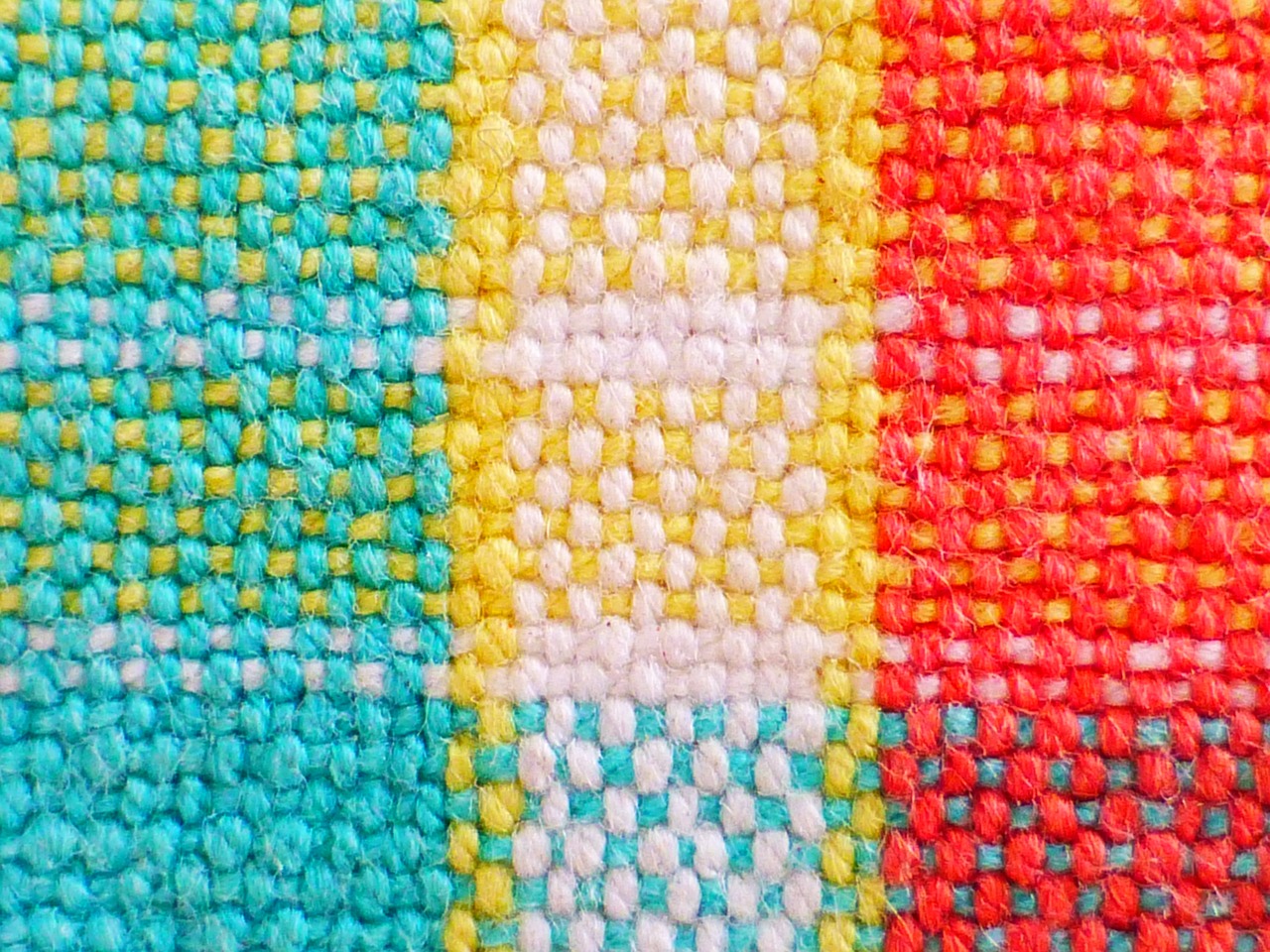
Choosing the Right Fabrics
When it comes to quilting, the fabric you choose can make or break your project. It's like picking the right ingredients for a recipe—each fabric type contributes its own flavor to the final dish. So, how do you navigate the vast ocean of fabric options? Let’s dive deep into the world of quilting fabrics and discover how to select the right ones for your unique quilt blocks!
First off, let’s talk about fabric types. The most commonly used fabric in quilting is cotton. It's durable, easy to work with, and available in a plethora of colors and patterns. If you're looking for a cozy, soft touch, consider flannel. This fabric is perfect for warm quilts, especially in colder months. Then there are specialty fabrics, like silk or linen, which can add a luxurious feel to your quilt but may require a bit more skill to sew. Understanding the unique properties of each fabric type is crucial for achieving the desired look and feel of your quilt blocks.
Now, let's shift our focus to color theory. This is where the magic happens! The color wheel is your best friend when selecting fabrics. It can help you understand how colors interact with each other. For instance, complementary colors—those that are opposite each other on the wheel—can create vibrant and eye-catching combinations. On the other hand, analogous colors—those that sit next to each other—offer a more harmonious and soothing palette. By mastering color theory, you can choose fabrics that not only look good individually but also work beautifully together in your quilt blocks.
Mixing patterns effectively is another essential skill. Imagine you're hosting a dinner party; you wouldn't serve only one dish, right? Similarly, a quilt can benefit from a variety of patterns. When combining fabrics, try to balance bold prints with more subtle designs. This creates visual interest without overwhelming the viewer. A good rule of thumb is to use a mix of large, medium, and small prints. For example, you might pair a large floral print with a medium geometric pattern and a small polka dot. This layering adds depth and keeps the eye moving across the quilt.
As you embark on your fabric selection journey, remember to consider the overall theme of your quilt. Are you aiming for a vintage look, a modern aesthetic, or perhaps something whimsical? The theme will guide your fabric choices, ensuring that each piece contributes to the story you're telling through your quilt. Don't be afraid to experiment! Sometimes, the most unexpected combinations can lead to stunning results.
In summary, choosing the right fabrics is a blend of art and science. By understanding the different fabric types, mastering color theory, and learning to mix patterns effectively, you'll be well on your way to creating unique quilt blocks that not only showcase your personal style but also tell a story. So, gather your fabrics, let your creativity flow, and enjoy the process!
- What is the best fabric for beginners? - Cotton is the most recommended fabric for beginners due to its ease of use and availability.
- Can I mix different fabric types in one quilt? - Absolutely! Just ensure that the fabrics complement each other in terms of weight and texture.
- How do I choose a color palette for my quilt? - Use the color wheel to find complementary or analogous colors that appeal to you.
- What’s the difference between quilting cotton and regular cotton? - Quilting cotton is typically denser and more durable, making it ideal for quilting projects.
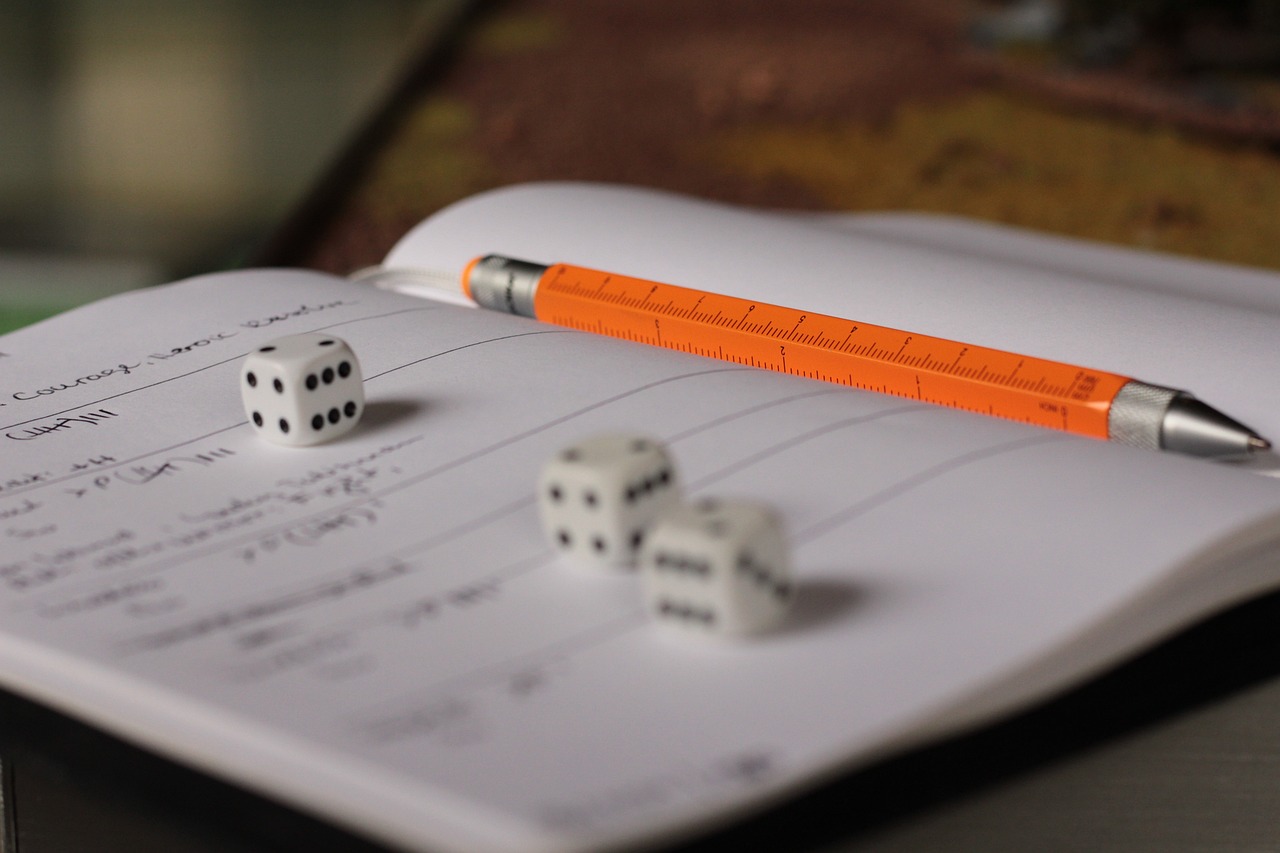
Exploring Fabric Types
When it comes to quilting, the type of fabric you choose can make or break your project. Imagine trying to build a house with flimsy materials; it just wouldn’t hold up, right? The same principle applies to quilting. Different fabrics bring unique textures, weights, and appearances to your quilt blocks, so it’s essential to choose wisely. Let’s dive into some of the most popular fabric types that every quilter should consider.
Cotton is the gold standard in quilting fabrics. It’s durable, easy to work with, and comes in a vast array of colors and patterns. Whether you're crafting intricate designs or simple blocks, cotton provides the perfect balance of strength and flexibility. Plus, it’s machine washable, making it practical for everyday use. If you’re a beginner, starting with 100% cotton is a smart move.
Another fabric to consider is flannel. Known for its cozy, soft texture, flannel can add warmth and comfort to your quilts. It’s perfect for creating quilts intended for snuggling, especially in colder months. However, flannel can stretch more than cotton, so it requires a bit more care when cutting and sewing. If you want a quilt that feels like a warm hug, flannel might just be your go-to fabric.
Specialty fabrics like batiks and silks offer unique aesthetics that can elevate your quilt blocks to a new level. Batiks, for instance, are dyed using a wax-resist technique that creates stunning patterns and rich colors. They are often more tightly woven than regular cotton, making them ideal for intricate designs. On the other hand, silks can add a touch of elegance and sophistication, but they can be a bit tricky to work with due to their slippery nature. If you’re feeling adventurous, experimenting with these fabrics can lead to breathtaking results.
Here’s a quick comparison of common fabric types used in quilting:
| Fabric Type | Characteristics | Best Uses |
|---|---|---|
| Cotton | Durable, easy to sew, machine washable | General quilting, everyday use |
| Flannel | Soft, cozy, stretches more than cotton | Warm quilts, winter projects |
| Batiks | Vibrant colors, tightly woven, unique patterns | Intricate designs, artistic quilts |
| Silk | Luxurious, slippery, requires careful handling | Elegant quilts, special occasions |
In summary, understanding the different fabric types can significantly enhance your quilting experience. Each fabric brings its own personality to your quilt blocks, allowing you to express your creativity in countless ways. So, whether you’re just starting out or looking to spice up your quilting game, take the time to explore these fabric options. You might just find your new favorite material!
- What is the best fabric for beginners? Cotton is the best choice for beginners due to its ease of use and availability.
- Can I mix different fabric types in one quilt? Absolutely! Just be mindful of the different weights and textures to ensure they work well together.
- How do I wash my quilt after it's finished? Most cotton quilts can be machine washed on a gentle cycle, but always check the care instructions for specialty fabrics.
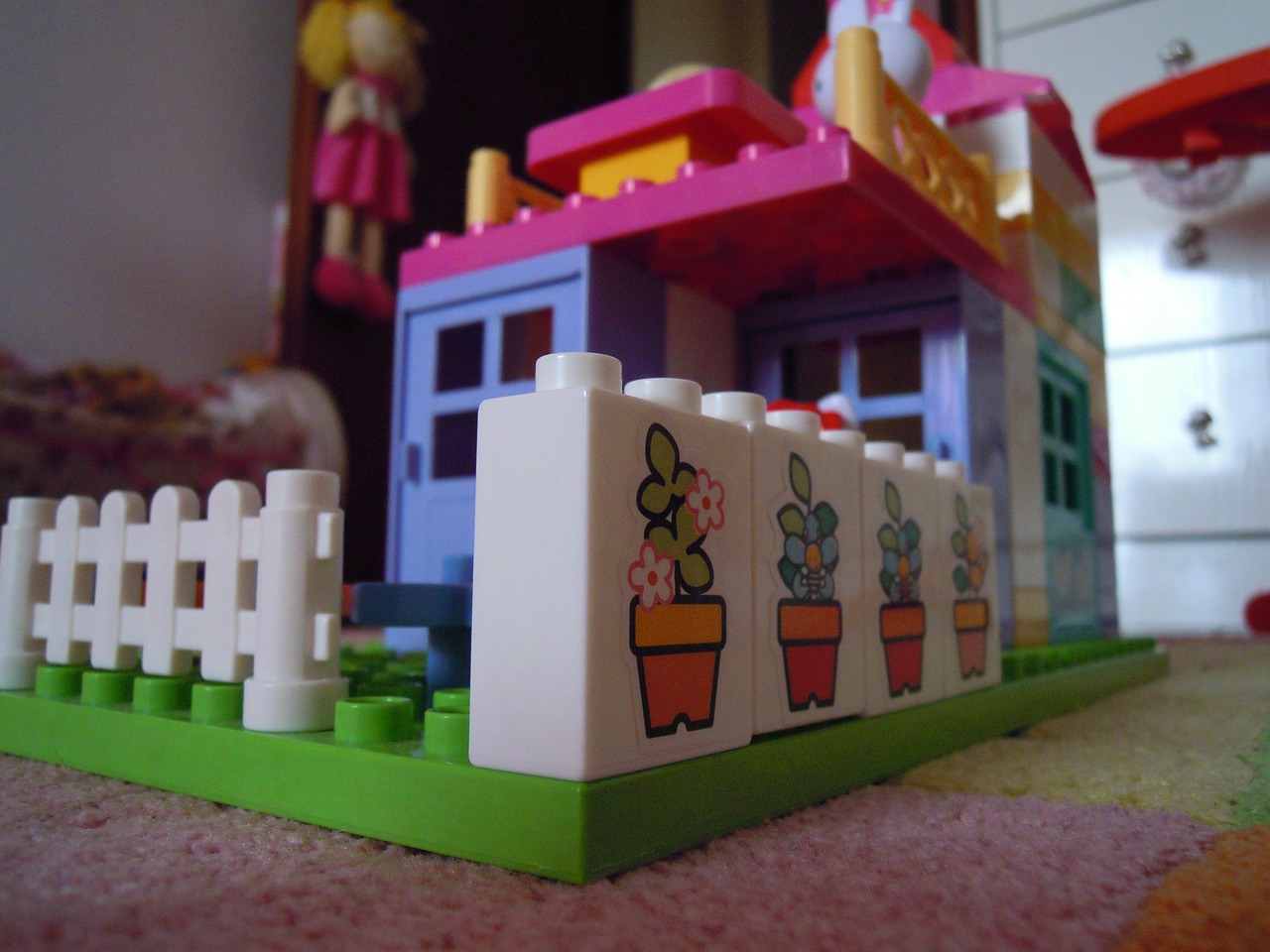
Understanding Color Theory
When it comes to quilting, the colors you choose can make or break your project. Understanding color theory is essential for creating quilt blocks that not only look good but also evoke the right emotions. At its core, color theory involves the study of how colors interact with each other and how they can be combined to create visually appealing designs. So, how do you get started? Let's break it down!
First off, it’s important to familiarize yourself with the color wheel. This is a circular diagram that organizes colors based on their relationships. The primary colors—red, blue, and yellow—are the foundation, and from these, secondary and tertiary colors are created. Understanding this wheel can help you to identify which colors complement each other and which ones might clash.
One of the most basic concepts in color theory is complementary colors. These are colors that are opposite each other on the color wheel. For instance, blue and orange or red and green. When placed next to each other, they create a vibrant contrast that can make your quilt blocks pop! Imagine a quilt with deep navy blue blocks paired with bright orange accents—stunning, right?
Additionally, consider the monochromatic color scheme, which uses variations in lightness and saturation of a single color. This approach can create a cohesive and harmonious look, perfect for those who prefer a more subtle aesthetic. For example, using different shades of blue—from sky blue to navy—can create a serene and calming effect in your quilt.
Another popular color scheme is the analogous color scheme, which involves colors that are next to each other on the color wheel, such as blue, blue-green, and green. This method produces a serene and comfortable design, allowing for a smooth transition between colors. Think of a quilt inspired by a sunset, where warm colors flow into one another seamlessly.
When choosing your color palette, it’s also crucial to consider the mood you want to evoke. Warm colors like reds, oranges, and yellows can create feelings of warmth and happiness, while cool colors like blues and greens can evoke calmness and tranquility. So, what kind of vibe are you going for in your quilt? A cozy, inviting space or a fresh, serene atmosphere?
Lastly, don’t forget about the importance of contrast. High contrast can draw attention to specific areas of your quilt, while low contrast can create a more subtle, blended effect. For example, a quilt block made with dark blue and bright yellow will stand out much more than one made with varying shades of blue. Experimenting with contrast can lead to stunning results!
In summary, understanding color theory is a powerful tool in your quilting arsenal. By mastering the color wheel, exploring various color schemes, and considering the mood you want to create, you can design quilt blocks that are not only unique but also visually striking. So, grab your fabric and start experimenting with colors—your quilt will thank you!
- What is color theory? Color theory is the study of how colors interact and how they can be combined to create visually appealing designs.
- Why is color important in quilting? The colors you choose can significantly affect the overall look and feel of your quilt, influencing emotions and visual appeal.
- What are complementary colors? Complementary colors are those that are opposite each other on the color wheel, creating vibrant contrasts when used together.
- How can I create a harmonious quilt? Using monochromatic or analogous color schemes can help create a cohesive and harmonious look in your quilt blocks.
- What role does contrast play in quilt design? Contrast can draw attention to specific areas of your quilt, making certain elements stand out or blend in, depending on your design goals.
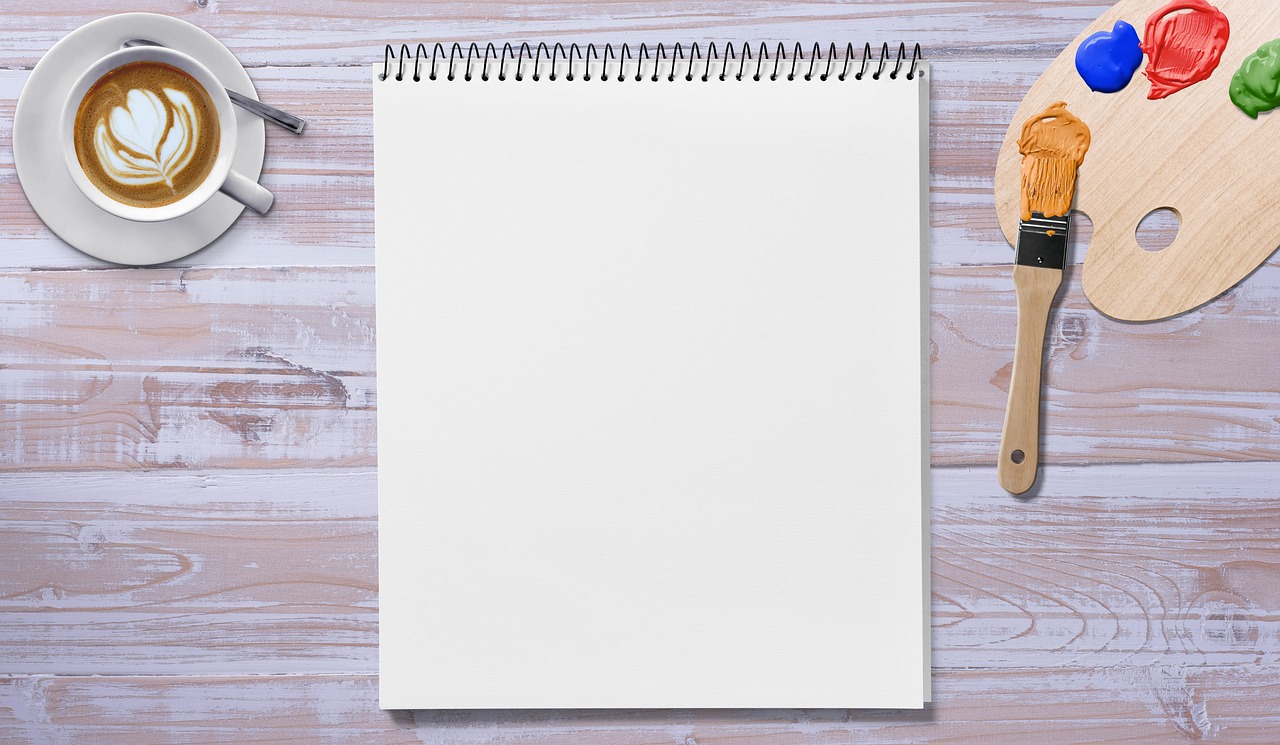
Mixing Patterns Effectively
When it comes to quilting, mixing patterns can feel like trying to juggle too many balls at once. You're excited to express your creativity, but the fear of clashing designs can make you hesitate. However, mastering the art of pattern mixing can transform your quilt blocks from ordinary to extraordinary! The key is to find a balance that allows your fabrics to complement each other while still making a statement. So, how do you achieve that perfect blend?
First, consider the scale of your patterns. Mixing large prints with smaller ones can create a delightful visual contrast. For instance, imagine pairing a bold floral fabric with a subtle polka dot. The large floral draws the eye, while the polka dot adds depth without overwhelming the overall design. This technique is akin to balancing a loud voice with a soft whisper; both can coexist beautifully when done right.
Next, think about the color palette. Selecting fabrics that share a common color can unify your quilt blocks and make the patterns feel cohesive. For example, if you choose a vibrant blue floral, look for a geometric pattern that incorporates shades of blue. This way, even if the designs differ dramatically, the shared color ties them together, creating a harmonious look. It's like a well-composed symphony where each instrument plays its part but contributes to a beautiful melody.
Another important aspect is to vary the textures of your fabrics. Combining smooth cotton with soft flannel or textured linen can add dimension to your quilt blocks. This tactile variety not only enhances the visual appeal but also invites touch, making your quilt more engaging. Think of it as adding spices to a dish; the right blend can elevate the entire experience.
Lastly, don’t shy away from using a focal point. Choose one standout fabric as the centerpiece of your design and build around it. This fabric could be a striking print or a vibrant color that draws attention. Once you have your focal fabric, select other patterns that either echo its colors or provide a subtle contrast. This method ensures that your quilt blocks have a clear visual hierarchy, guiding the viewer’s eye naturally across the design.
To summarize, here are some effective tips for mixing patterns:
- Scale: Combine large and small prints for contrast.
- Color Palette: Use a shared color to unify your fabrics.
- Texture: Mix different fabric textures for added depth.
- Focal Point: Choose a standout fabric to anchor your design.
By embracing these techniques, you can confidently mix patterns and create quilt blocks that are not only unique but also visually stunning. Remember, quilting is an art form, and like any artist, you have the freedom to experiment and find your own style. So grab your fabrics and let your creativity flow!
Q: Can I mix any patterns together?
A: While you can mix a variety of patterns, it's essential to consider scale, color, and texture to ensure they complement each other.
Q: How do I choose a focal fabric?
A: Look for a fabric that stands out due to its color or design. It should capture attention and be the starting point for your other fabric choices.
Q: What if I’m not confident in my choices?
A: Start small! Experiment with a few fabrics and see how they work together. You can always adjust as you go along.
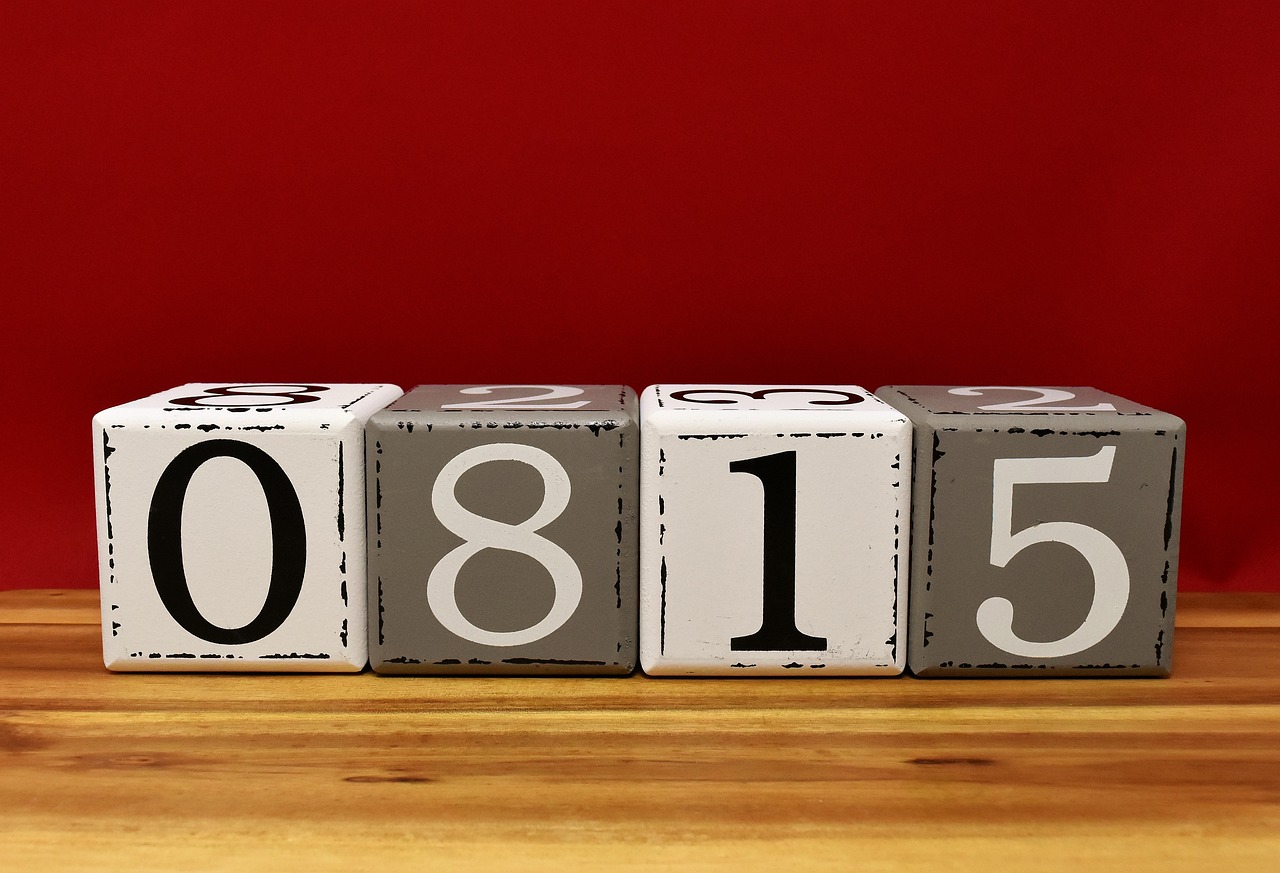
Innovative Quilt Block Techniques
When it comes to quilting, innovation is the name of the game! Whether you're a seasoned quilter or just starting out, exploring can add a fresh twist to your creations. These techniques not only enhance your skills but also open up a world of creative possibilities. Let's dive into some of the most exciting methods that can transform your quilt blocks from ordinary to extraordinary.
One of the most popular techniques is paper piecing. This method allows you to create intricate designs with precision. By sewing fabric pieces onto a paper foundation, you can achieve sharp points and complex shapes that might be difficult to manage with traditional piecing. Imagine building a quilt block that looks like it was crafted by a professional—paper piecing can help you get there! Plus, it’s a great way to use up those tiny fabric scraps that you just can’t bear to throw away.
Another technique worth exploring is appliqué. This method involves sewing a piece of fabric onto a larger background fabric, creating stunning designs that can be both simple and elaborate. You can use appliqué to add a personal touch to your quilt blocks—think of it as painting with fabric! Whether you choose to hand-stitch or use a machine, appliqué allows for endless creativity. You can incorporate shapes like flowers, animals, or even letters to make your quilt blocks uniquely yours.
If you’re feeling adventurous, consider trying improvisational piecing. This technique is all about freedom and spontaneity. Instead of following a strict pattern, you can cut and sew fabric pieces together in a way that feels right in the moment. It’s like jazz music for quilting—there are no wrong notes! This approach encourages you to trust your instincts and embrace the unexpected, resulting in quilt blocks that are truly one-of-a-kind.
For those looking to take their quilt blocks to the next level, combining these techniques can yield stunning results. Imagine a quilt block that features a beautifully appliquéd flower on a background created through improvisational piecing. The contrast between the structured and the freeform can create a visually striking piece. Don't be afraid to experiment with different fabric types and colors to enhance the overall effect.
To help you visualize these techniques, here’s a simple table summarizing the key features of each method:
| Technique | Description | Best For |
|---|---|---|
| Paper Piecing | Precise sewing on a paper foundation for intricate designs. | Complex patterns and sharp points. |
| Appliqué | Sewing a fabric piece onto a larger background. | Adding personal touches and creative designs. |
| Improvisational Piecing | Spontaneous cutting and sewing without a strict pattern. | Unique, one-of-a-kind quilt blocks. |
In conclusion, embracing innovative quilt block techniques can breathe new life into your quilting projects. Whether you opt for the precision of paper piecing, the creativity of appliqué, or the freedom of improvisational piecing, each method offers a unique way to express yourself through fabric. So grab your sewing machine, gather your materials, and let your imagination run wild!
Q: What is the best technique for beginners?
A: For beginners, appliqué is a great starting point as it allows for creativity without the pressure of precision. Start with simple shapes and gradually work your way up to more complex designs.
Q: Can I combine different techniques in one quilt block?
A: Absolutely! Combining techniques like paper piecing and appliqué can result in stunning quilt blocks. Don't be afraid to mix and match to find what works best for you.
Q: What types of fabric are best for these techniques?
A: Cotton fabric is generally the most versatile and easy to work with. However, you can experiment with other types like flannel or specialty fabrics to create different textures and effects.

Inspiration from Quilt Block Designs
Finding inspiration is like searching for hidden treasures in the vast ocean of creativity. When it comes to crafting quilt blocks, inspiration can strike from various sources, transforming simple fabric into extraordinary art. Whether you're a novice quilter or a seasoned pro, tapping into these sources can ignite your imagination and lead to unique designs that reflect your personality. Have you ever noticed how a single color can evoke emotions, or how a pattern can tell a story? This section delves into the myriad of inspirations that can fuel your quilting journey.
One of the most profound sources of inspiration lies in the realm of traditional quilt block patterns. These timeless designs have been passed down through generations, each carrying a piece of history and cultural significance. Patterns like the Log Cabin and Nine-Patch not only showcase intricate piecing techniques but also celebrate the artistry of quilting. The Log Cabin, for instance, symbolizes home and warmth, while the Nine-Patch represents unity and harmony. By studying these patterns, you can adapt their elements to create something uniquely yours, breathing new life into age-old designs.
In contrast, the world of modern quilt block trends presents a vibrant palette of possibilities. Today's quilters are embracing bold colors, innovative shapes, and a playful approach to design. This movement encourages experimentation, allowing you to break free from traditional constraints and explore your creativity. Have you seen the work of contemporary artists like Tula Pink or Angela Walters? Their unique styles and fearless use of color can serve as a wellspring of inspiration, pushing you to think outside the box. By blending modern aesthetics with traditional techniques, you can carve out a niche that speaks to your artistic voice.
Nature and art also play pivotal roles in inspiring quilt block designs. The intricate patterns found in leaves, flowers, and even the sky can spark ideas for color combinations and shapes. For instance, the delicate curves of a flower petal can inspire a new block shape, while the vibrant hues of a sunset can lead to a stunning color palette. Similarly, visiting art galleries or exploring online platforms like Pinterest can expose you to diverse artistic styles and techniques. Have you ever thought about how a painting could translate into a quilt? The possibilities are endless!
To further illustrate the breadth of inspiration available, consider the following table showcasing various sources of inspiration along with their potential influences on quilt block design:
| Source of Inspiration | Potential Influence |
|---|---|
| Traditional Patterns | Historical significance and classic techniques |
| Modern Trends | Bold colors and innovative designs |
| Nature | Shapes and color palettes found in the environment |
| Art | Translating artistic styles into fabric designs |
In conclusion, the journey of finding inspiration for quilt block designs is an adventure filled with endless possibilities. By exploring traditional patterns, embracing modern trends, and drawing from the beauty of nature and art, you can create quilt blocks that not only showcase your skills but also tell your unique story. So, the next time you sit down to sew, remember to look around you—your next great idea might be waiting just beyond the fabric stash!
Q: Where can I find traditional quilt patterns?
A: You can find traditional quilt patterns in quilting books, online quilting communities, and fabric stores that offer pattern collections.
Q: How do I choose colors for my quilt blocks?
A: Start by selecting a color palette that resonates with you. Consider using the color wheel for guidance on complementary colors and experiment with different combinations.
Q: What are some tips for mixing patterns effectively?
A: Balance bold prints with subtle designs, and ensure that the scale of the patterns varies. This creates visual interest while maintaining harmony in your quilt blocks.
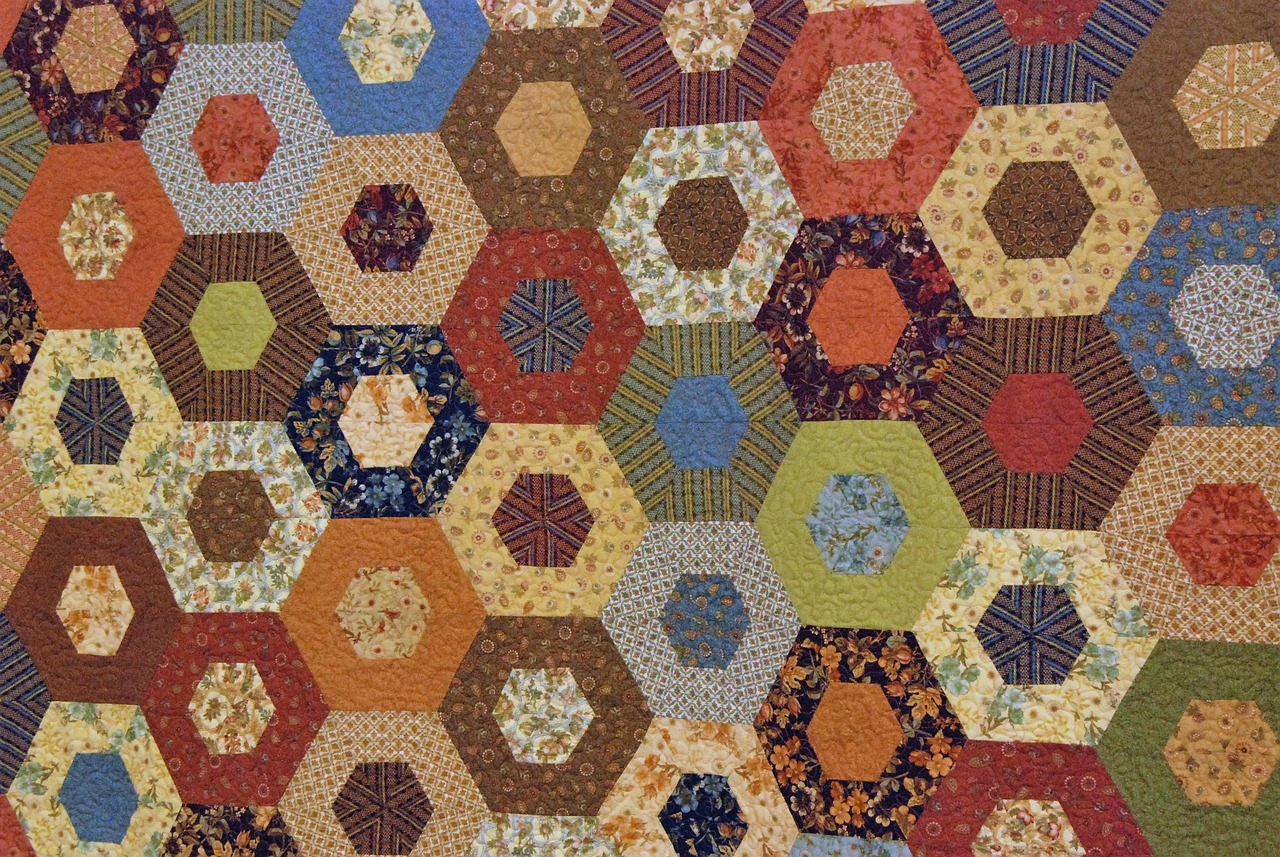
Traditional Quilt Block Patterns
When it comes to quilting, are the bedrock of this beautiful craft. These patterns have been passed down through generations, each telling a story of creativity and craftsmanship. Whether you're a beginner or a seasoned quilter, understanding these classic designs can inspire your own unique creations. Some of the most beloved traditional quilt blocks include the Log Cabin, Nine-Patch, and Flying Geese. Each of these patterns has its own unique history and charm, making them perfect for both historical quilts and modern interpretations.
The Log Cabin block, for example, is a favorite among quilters for its versatility and visual impact. This pattern features a central square surrounded by strips of fabric, often arranged in a way that creates a stunning light-and-dark contrast. The Log Cabin has roots in the early American frontier, symbolizing warmth and home. As you stitch together these blocks, you can almost feel the stories of those who came before you, crafting their own quilts in the flickering light of a hearth.
Another classic, the Nine-Patch, is a simple yet effective design that consists of nine squares arranged in a 3x3 grid. This block is not only easy to sew but also serves as a fantastic foundation for more intricate patterns. You can play with color and fabric choices to create a myriad of looks, from charming and cozy to bold and modern. The Nine-Patch is a wonderful introduction to quilting, allowing new quilters to build their skills while experienced quilters can use it as a stepping stone to more complex designs.
Then there's the Flying Geese block, which features triangles arranged to create the illusion of soaring birds. This pattern can add a dynamic element to your quilt, drawing the eye and creating movement. It's a fantastic choice for those looking to incorporate a sense of adventure into their quilting projects. The beauty of traditional patterns lies in their adaptability; you can modify them to suit your personal style or the theme of your quilt.
As you explore these traditional quilt block patterns, consider how you can put your own spin on them. Perhaps mix and match colors or experiment with fabric types to create something truly unique. The beauty of quilting is that it allows for endless creativity. You can even combine several traditional blocks into one quilt, creating a patchwork of history that showcases your journey as a quilter.
In addition to these patterns, many quilters find inspiration in the rich history behind them. For example, did you know that the Log Cabin pattern was often used by quilters to send coded messages during the Civil War? Each arrangement of light and dark fabrics could signify different meanings, making quilts not only a practical item but also a form of communication. Understanding the stories behind these blocks can deepen your appreciation for the craft and inspire you to create quilts that tell your own story.
In conclusion, traditional quilt block patterns are more than just designs; they are a connection to the past and a canvas for your creativity. By incorporating these timeless patterns into your quilting projects, you not only honor the art form but also allow yourself to explore your own unique style. So grab your fabric, choose a pattern that resonates with you, and start stitching your own quilted masterpiece!
- What are the most popular traditional quilt block patterns? Some of the most popular include Log Cabin, Nine-Patch, and Flying Geese.
- Can I mix traditional patterns with modern designs? Absolutely! Many quilters enjoy combining traditional blocks with modern fabrics and layouts for a fresh look.
- How can I learn more about quilting techniques? There are numerous resources available, including online tutorials, quilting classes, and books dedicated to quilting techniques.
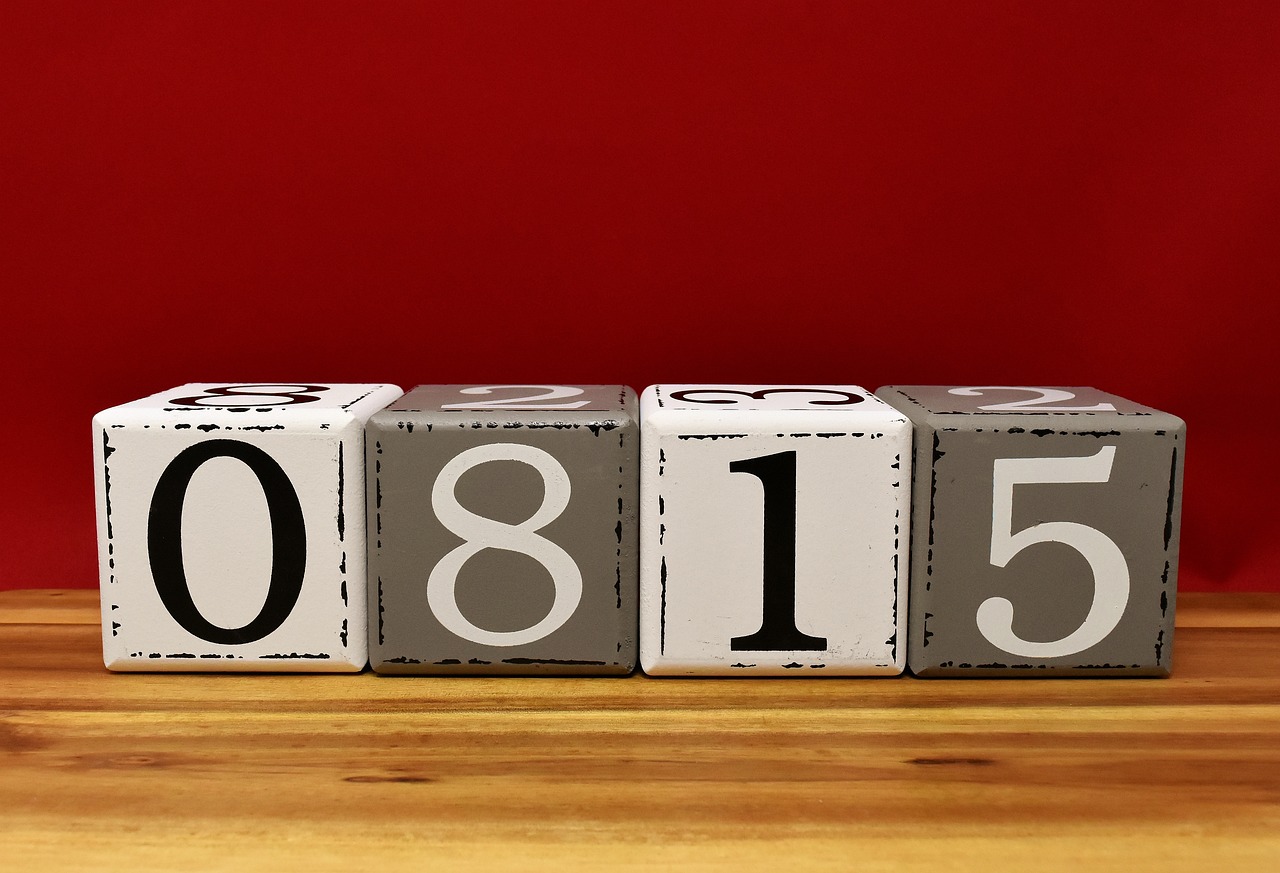
Modern Quilt Block Trends
In the vibrant world of quilting, are shaking things up like never before. Gone are the days when quilting was solely about traditional patterns and muted colors; today's quilters are embracing boldness, creativity, and a touch of whimsy. So, what exactly does the modern quilting movement entail? Let's dive into the key elements that define this exciting trend!
One of the most striking features of modern quilt blocks is their use of bold colors and graphic designs. Think of it as a breath of fresh air in a stuffy room—suddenly, everything feels more alive! Modern quilters often opt for high-contrast color combinations that make their quilts pop. For example, pairing a vibrant fuchsia with a deep navy can create a stunning visual impact that draws the eye and sparks conversation.
Moreover, modern quilting often emphasizes minimalism. This doesn't mean the absence of design; rather, it focuses on simplicity and clean lines. You might find quilt blocks that feature a single, large geometric shape surrounded by negative space, allowing the design to breathe and shine. This approach is akin to decluttering your home—by removing the excess, you allow the beauty of the essentials to take center stage.
Another exciting trend is the incorporation of improv piecing. This technique encourages quilters to break free from the rigid constraints of traditional patterns. Instead of following a set plan, quilters can experiment with shapes, sizes, and colors, resulting in truly one-of-a-kind creations. Imagine a painter throwing colors onto a canvas without a clear picture in mind; the outcome is often surprising and delightful!
As we explore modern quilt block trends, we can't overlook the influence of technology. Digital fabric printing has opened up a world of possibilities, allowing quilters to create custom designs that reflect their personal style. Whether it's a favorite quote, a beloved pet, or a stunning landscape, the ability to print your own fabric means your quilt can tell a unique story. It's like having your own personal gallery right on your bed!
To further illustrate these trends, let’s take a look at some popular modern quilt block styles:
| Trend | Description |
|---|---|
| Bold Colors | High-contrast color combinations that create striking visual effects. |
| Minimalism | Simplified designs focusing on clean lines and negative space. |
| Improv Piecing | Freeform piecing that encourages creativity and spontaneity. |
| Digital Fabric Printing | Custom designs that allow for personalized storytelling through fabric. |
Finally, it’s essential to recognize that modern quilting is not just about the blocks themselves; it’s also about the community. Social media platforms, especially Instagram and Pinterest, have become vibrant hubs where quilters share their creations, techniques, and inspirations. It’s like a global quilt show happening 24/7, where you can connect with fellow enthusiasts, get feedback, and discover new ideas. So, whether you’re a seasoned pro or just starting, there’s a place for you in this dynamic quilting community!
Frequently Asked Questions
- What are the basic shapes used in quilt blocks?
Quilt blocks typically utilize a variety of basic shapes such as squares, rectangles, triangles, and circles. These shapes serve as the foundation for creating more intricate designs. Understanding these fundamentals is essential for any quilter looking to expand their skills.
- How do I choose the right fabrics for my quilt blocks?
Choosing the right fabrics involves considering the type of fabric, color combinations, and patterns. Cotton is a popular choice for its durability and ease of use, while flannel adds warmth and texture. Don't forget to explore color theory to create harmonious designs!
- What is paper piecing, and how does it work?
Paper piecing is a technique where you sew fabric pieces onto a paper template, allowing for precise shapes and angles. This method is perfect for intricate designs and can be a game-changer for quilters looking to add complexity to their blocks.
- Can I mix different fabric patterns in one quilt block?
Absolutely! Mixing patterns can add visual interest to your quilt blocks. The key is to balance bold prints with more subtle designs. Using a cohesive color palette can help tie everything together for a stunning result.
- What are some popular traditional quilt block patterns?
Some beloved traditional quilt block patterns include the Log Cabin and Nine-Patch. These patterns not only have historical significance but can also be adapted in countless ways to create unique quilt designs that reflect your personal style.
- How can I find inspiration for my quilt block designs?
Inspiration can come from a variety of sources! Look to nature, art, or even historical patterns for ideas. Modern quilting communities and social media platforms can also provide fresh perspectives and innovative designs to spark your creativity.
- What are some current trends in modern quilting?
Modern quilting often emphasizes bold colors, geometric shapes, and innovative techniques. Many contemporary quilters are experimenting with asymmetrical designs and negative space, which can result in striking and unique quilt blocks.



















